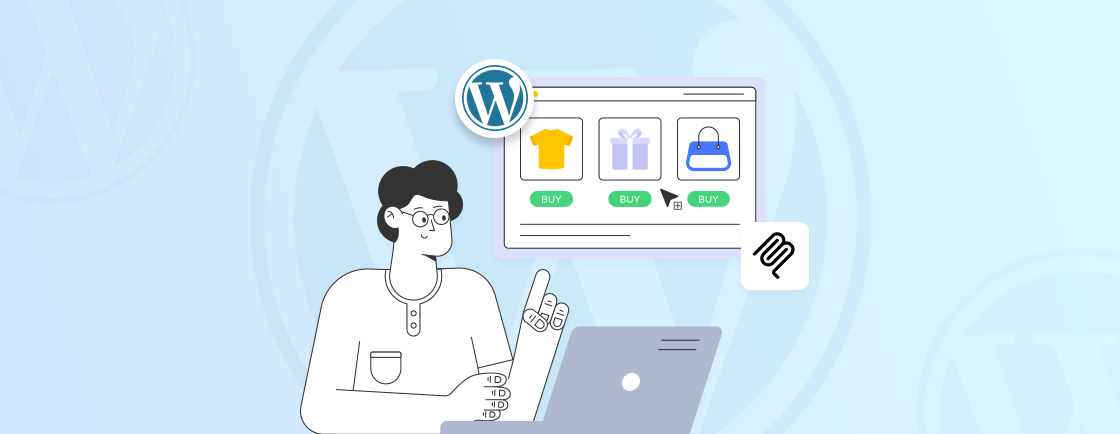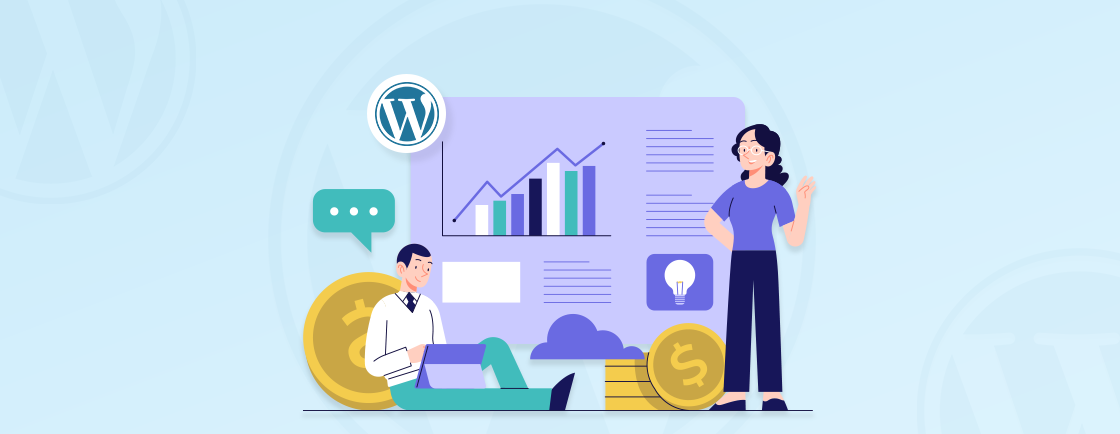Table of Contents
Let’s say you have created a blog post, and another site finds it compelling enough to reference it. Then you would definitely want to be notified about it and maybe even link back. That’s where trackbacks in WordPress come in.
A trackback is like a communication tool notifying you when another site links to your content. It’s a great way to foster engagement, build backlinks, and take your SEO prowess to the next level. But on the flip side, they can also attract spam if not managed properly.
So this blog gives you in-depth know-how of trackbacks and how the WordPress experts leverage them effectively. Let’s begin.
What is Trackback?
A trackback is a WordPress feature that enables blogs to notify each other when one links to another’s content. Think of it as a digital acknowledgment. When Blog A mentions Blog B’s post, Blog B receives a pingback (a type of trackback) and can display a link back to Blog A’s article.
Originally designed to foster conversations between blogs, trackbacks help with:
- Building connections: Encourages engagement between related websites.
- Search benefits: Can generate backlinks, improving search rankings.
- Content discovery: Readers can explore discussions on multiple platforms.
However, trackbacks are often misused for spam, leading many bloggers to disable them. For that reason, experts often use Pingbacks in WordPress. But how are pingbacks and trackbacks different? Let’s see.
Pingbacks vs Trackbacks in WordPress: How are They Different?
At first glance, pingbacks and trackbacks in WordPress seem similar—both notify you when another site links to your content. However, they work differently and serve distinct purposes.
| Factor | Trackback | Pingback |
|---|---|---|
| How It Works | Manual notification via a special URL (requires sender to initiate). | Automatic notification via XML-RPC protocol (no manual input needed). |
| Content Display | Often includes an excerpt of the linking post. | Only confirms the link—no excerpt is sent. |
| Spam Risk | Higher (manual entry makes it easier for spammers). | Lower (automated, but still vulnerable to spam). |
| Usage | Rarely used today due to spam issues. | More common, but often disabled for performance. |
| Search Impact | Can generate backlinks if approved. | Minimal direct benefit with respect to search rankings. |
For authenticity & engagement, trackbacks allow richer context. But for automation & spam control, pingbacks will be more preferable.
How to Enable Trackbacks in WordPress?
Trackbacks can be a powerful way to build connections between blogs. But they must be properly configured. Here’s how you enable them.
Step 1: Log into the WordPress admin dashboard.
Step 2: Navigate to Settings → Discussion.

Step 3: Under ‘Default post settings’, ensure ‘Allow link notifications from other blogs (pingbacks and trackbacks)’ is checked.
Even if trackbacks are disabled by default, you can enable them for specific posts. Here’s how you enable them:

Step 1: While editing a post, open the ‘Settings’ sidebar (⚙️ icon).
Step 2: Select the ‘Post’ tab → ‘Discussion’ panel.
Step 3: Check ‘Enable pingbacks and trackbacks’ (if not already active).
Similar option is also available for those using the WordPress Classic Editor.
Potential Reasons to Disable Trackbacks in WordPress
Trackbacks are a useful feature for blog networking. But off late, they have become more trouble than they’re worth for most modern WordPress sites. Here’s why disabling them is often the best approach:
Spam Overload
Trackbacks were designed for genuine blog conversations, but spammers quickly exploited them. Without strict moderation, your site could drown in fake trackbacks—irrelevant links promoting casinos, pills, or adult content.
Even with plugins like Akismet, filtering requires constant vigilance. Disabling them eliminates this digital clutter, letting real engagement shine.
Negative Search Impact
Google prioritizes sites with high-quality backlinks. But spammy trackbacks create unnatural link patterns that may trigger penalties. If low-quality sites ping your WordPress with trackbacks, search engines could perceive your site as part of a link farm. Shutting them down protects your SEO efforts and keeps your backlink profile clean.
Performance Slowdowns
Each trackback triggers an HTTP request, consuming server resources. On high-traffic sites, this can lead to slower load times or even crashes during traffic spikes. Disabling trackbacks reduces unnecessary server strain, ensuring smoother performance—especially if you’re not actively moderating them.
Security Risks
Trackbacks rely on open communication between servers, making them vulnerable to abuse. Hackers have used fake trackbacks to inject malicious code or launch DDoS attacks. While WordPress core is secure, outdated plugins or themes might expose weaknesses. Turning off trackbacks closes one more potential attack vector.
Better Alternatives Exist
Modern engagement thrives on intentional connections—guest posts, social media mentions, or manual backlink outreach. These methods offer more control and authenticity than automated trackbacks.
Disabling trackbacks forces you to focus on meaningful collaborations that actually grow your audience.
Trackbacks had their moment, but today’s web demands tighter security, speed, and quality. So disabling them isn’t just about avoiding problems—it’s about prioritizing better growth strategies.
You can connect with our digital marketing services to explore better strategies for your business. We’ll provide you with effective alternatives to trackbacks.
Let’s Summarize
Trackbacks were once a cornerstone of blog-to-blog communication. They were initially designed to foster discussions and build connections across the web. However, in today’s WordPress ecosystem, they’ve largely become outdated. They’re causing spam, performance drains, and security risks.
For most modern websites, disabling trackbacks (and pingbacks) is the smarter choice. Instead, focus on authentic engagement strategies like guest posts, manual backlink outreach, etc.
If you want more help with managing the website, connect with our WordPress professionals today! Contact us now to get started.
FAQs on Trackbacks in WordPress
Are trackbacks good for SEO?
Potentially, but with risks. Legitimate trackbacks from authoritative sites can generate dofollow backlinks, which may help SEO. However, spam trackbacks can harm your site’s reputation with search engines. Most SEOs recommend disabling them or moderating strictly.
Can I send trackbacks to non-WordPress sites?
No. Trackbacks require the receiving site to support the protocol (typically WordPress or Movable Type). Most modern platforms (like Medium or Substack) ignore them.
Do trackbacks slow down my site?
Yes. Each trackback triggers an HTTP request, which can strain your server. High-traffic sites should disable them for better performance.
Can I approve trackbacks before they appear on my site?
Yes! In Settings > Discussion, enable ‘Comment must be manually approved’—this applies to trackbacks too. You’ll find pending trackbacks under Comments, where you can approve or trash them.
Do trackbacks work with scheduled posts?
Yes, but only after the post goes live. WordPress won’t send trackbacks until the scheduled publish date/time passes.
Create with WordPress CMS
Build flexible and scalable websites using WordPress's powerful content management system.




